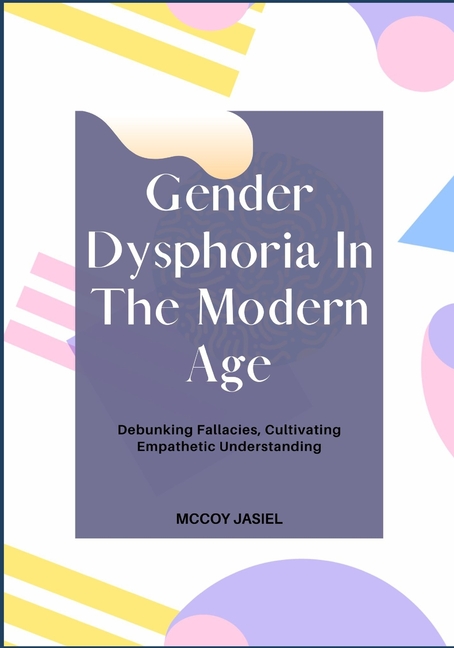Description
Gender and identity are central aspects of human experience, influencing how individuals see themselves and are seen by others. While often intertwined, gender and identity represent distinct but related concepts. Gender typically refers to the social, cultural, and psychological attributes and roles that a society considers appropriate for men, women, and people of other gender identities. It is not solely determined by biological sex, but rather shaped by historical, social, and personal contexts.
Gender identity is a deeply personal sense of one's own gender, which may or may not align with the sex assigned at birth. Individuals may identify as male, female, both, neither, or anywhere along the gender spectrum. Importantly, gender identity is self-defined and may be expressed in various ways through behavior, clothing, voice, or appearance.
Understanding gender also involves recognizing gender expression-the external presentation of one's gender-and gender roles, which are the societal norms dictating how individuals should behave based on their perceived gender. These roles can change over time and vary widely between cultures.
Discussions around gender and identity increasingly emphasize inclusivity and respect for diversity. Terms such as transgender, nonbinary, genderqueer, and cisgender have become more common as language evolves to reflect a broader understanding of human identities. Acknowledging and respecting people's chosen names and pronouns is a basic yet powerful way to affirm their identity.
Gender and identity are complex, fluid, and fundamental aspects of human life. Engaging with these topics helps build a more empathetic, informed, and inclusive society.
Gender identity is a deeply personal sense of one's own gender, which may or may not align with the sex assigned at birth. Individuals may identify as male, female, both, neither, or anywhere along the gender spectrum. Importantly, gender identity is self-defined and may be expressed in various ways through behavior, clothing, voice, or appearance.
Understanding gender also involves recognizing gender expression-the external presentation of one's gender-and gender roles, which are the societal norms dictating how individuals should behave based on their perceived gender. These roles can change over time and vary widely between cultures.
Discussions around gender and identity increasingly emphasize inclusivity and respect for diversity. Terms such as transgender, nonbinary, genderqueer, and cisgender have become more common as language evolves to reflect a broader understanding of human identities. Acknowledging and respecting people's chosen names and pronouns is a basic yet powerful way to affirm their identity.
Gender and identity are complex, fluid, and fundamental aspects of human life. Engaging with these topics helps build a more empathetic, informed, and inclusive society.
Last updated on
Product Details
- Jun 19, 2025 Pub Date:
- 9798288772726 ISBN-10:
- 9798288772726 ISBN-13:
- English Language




